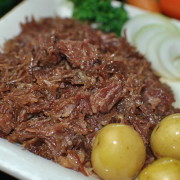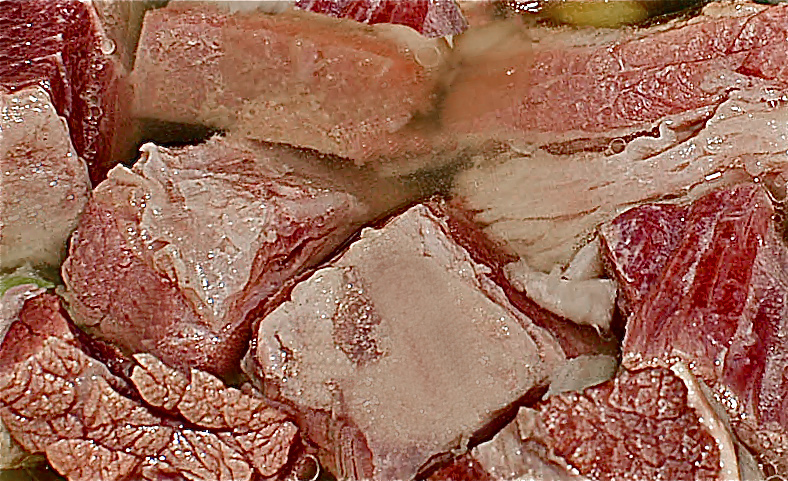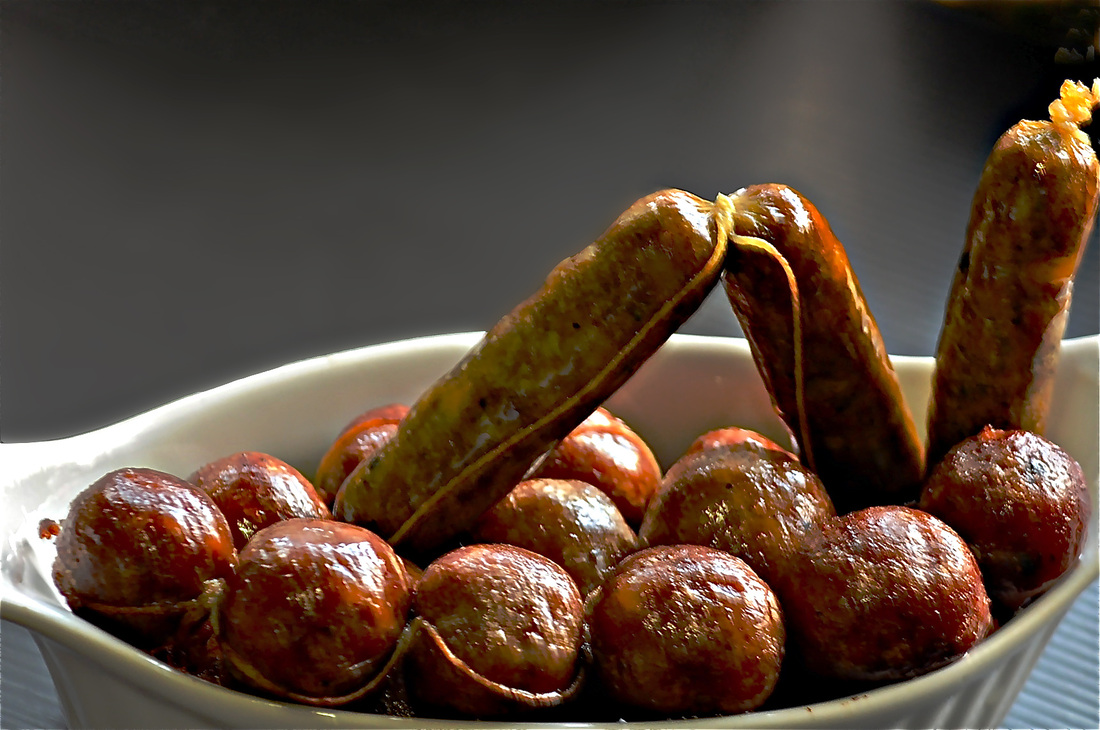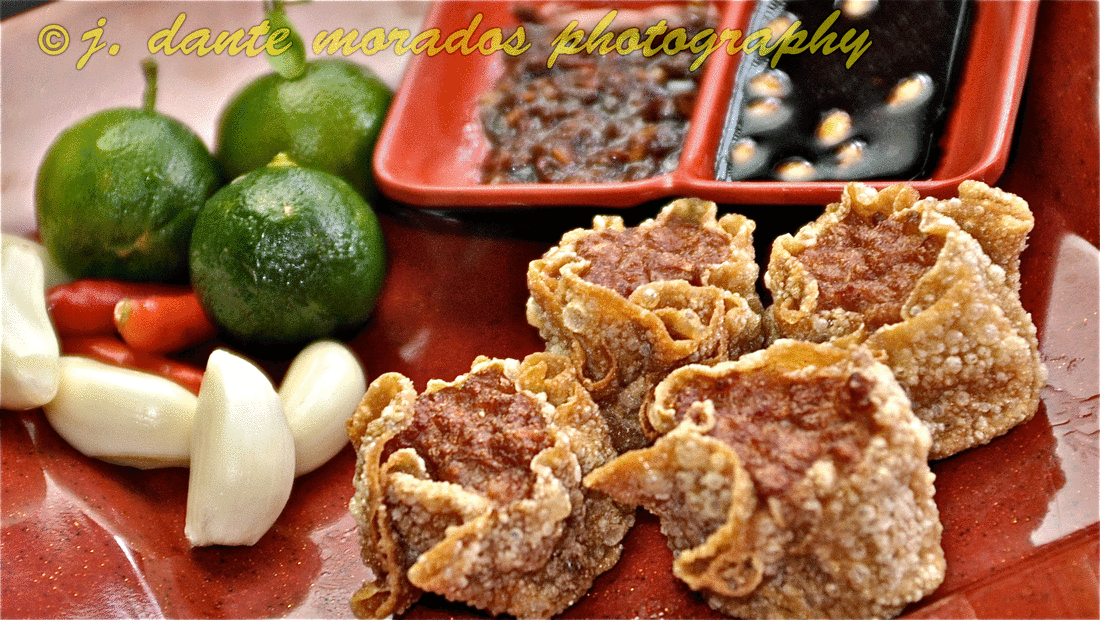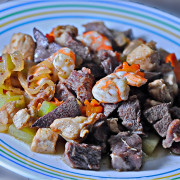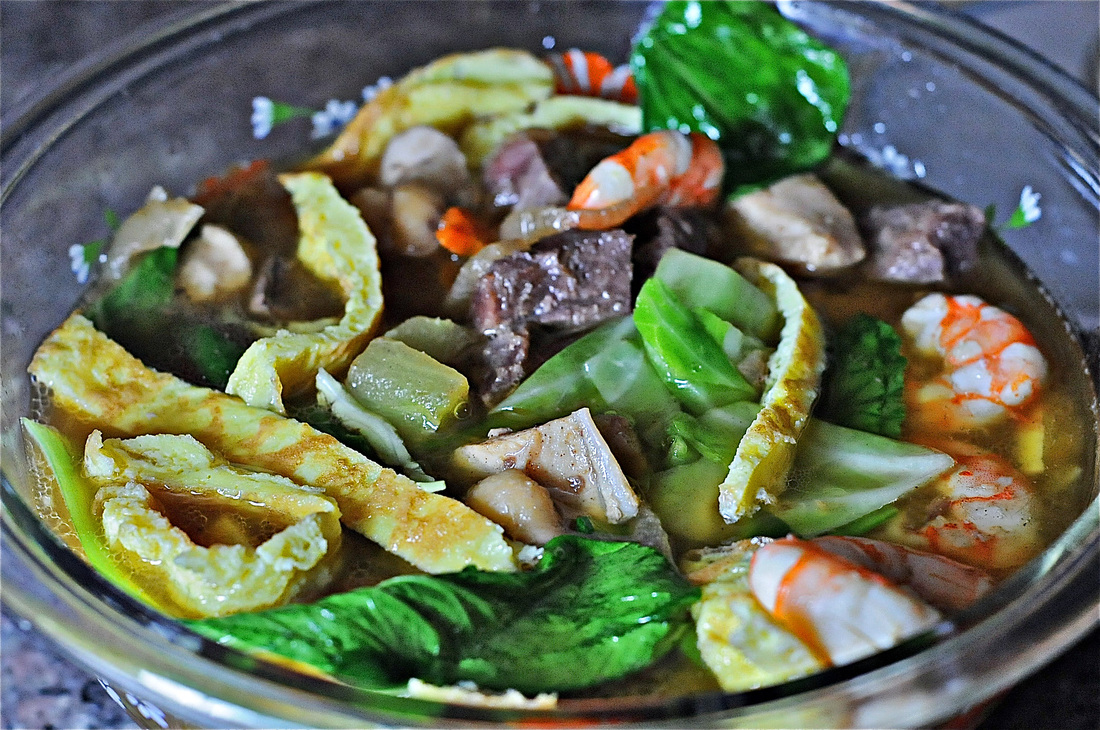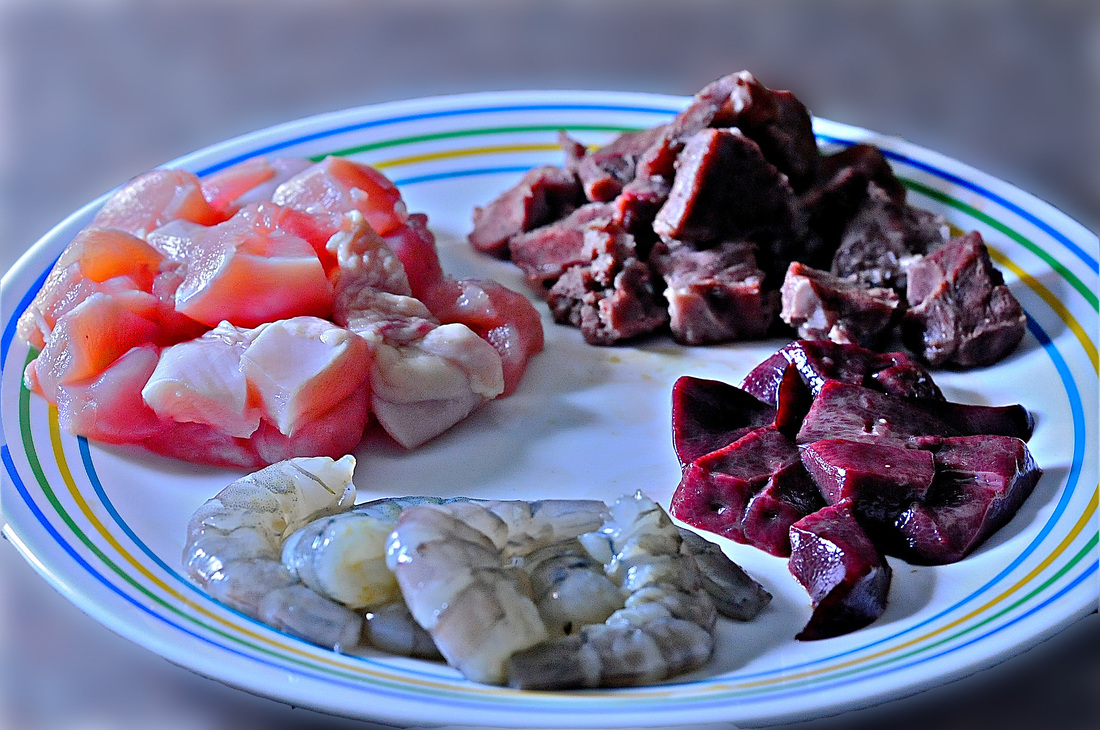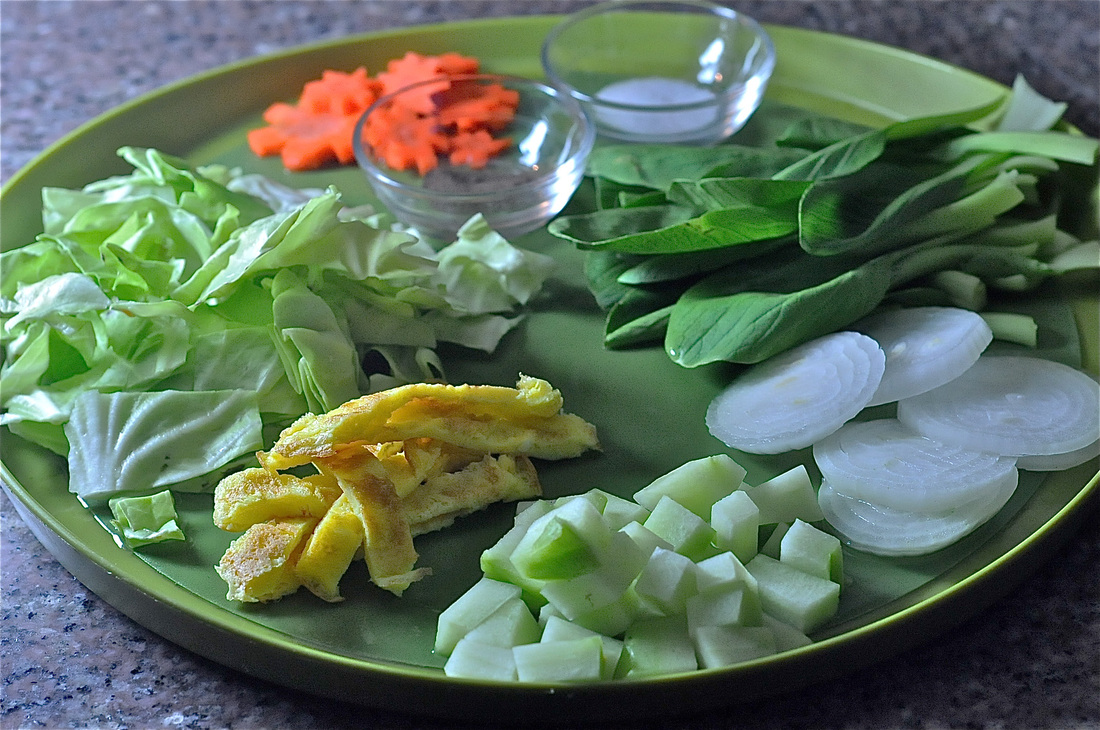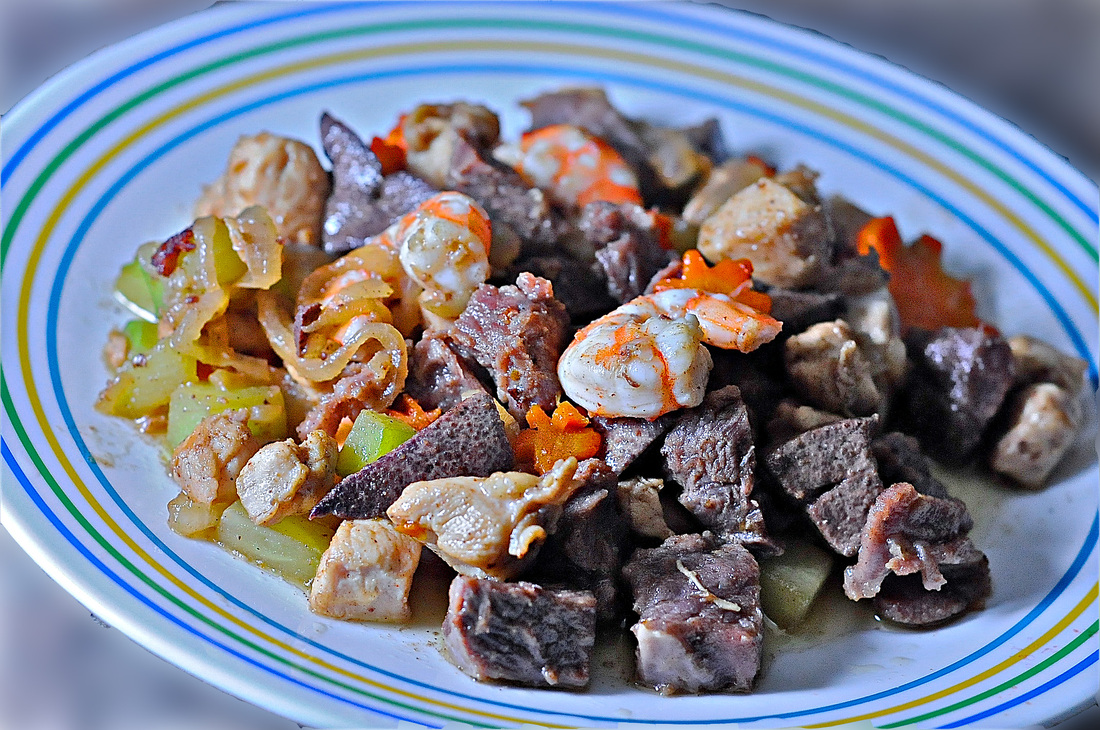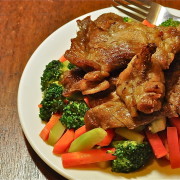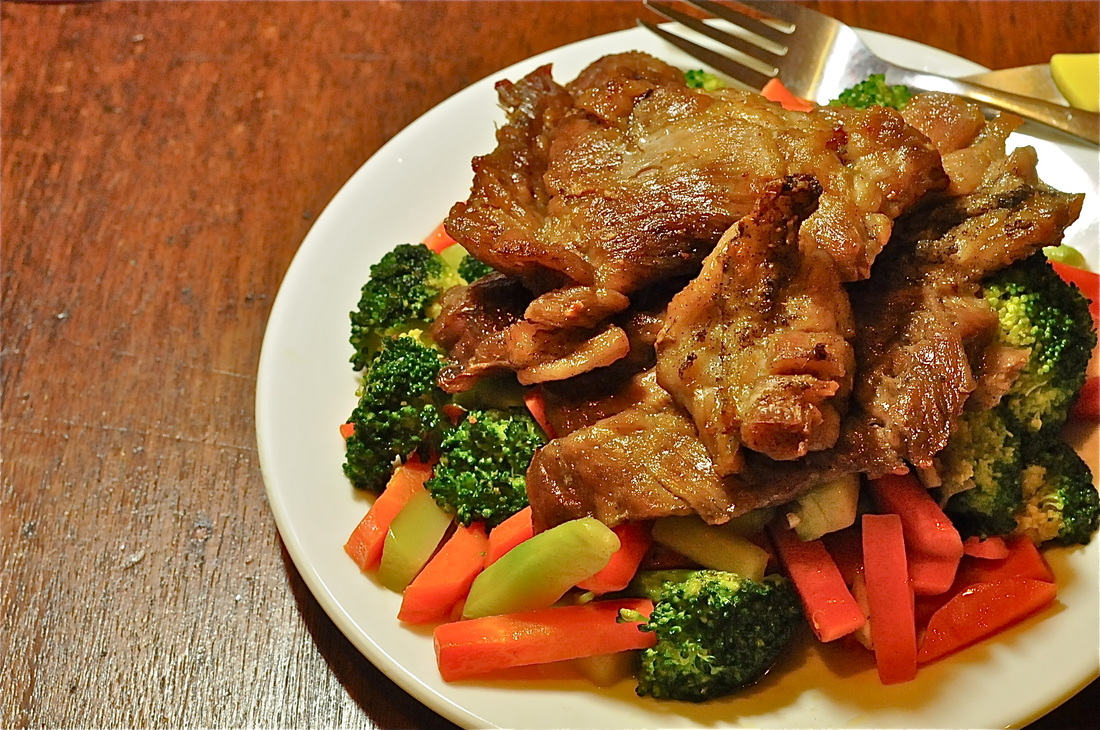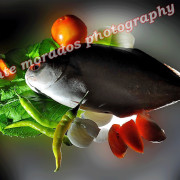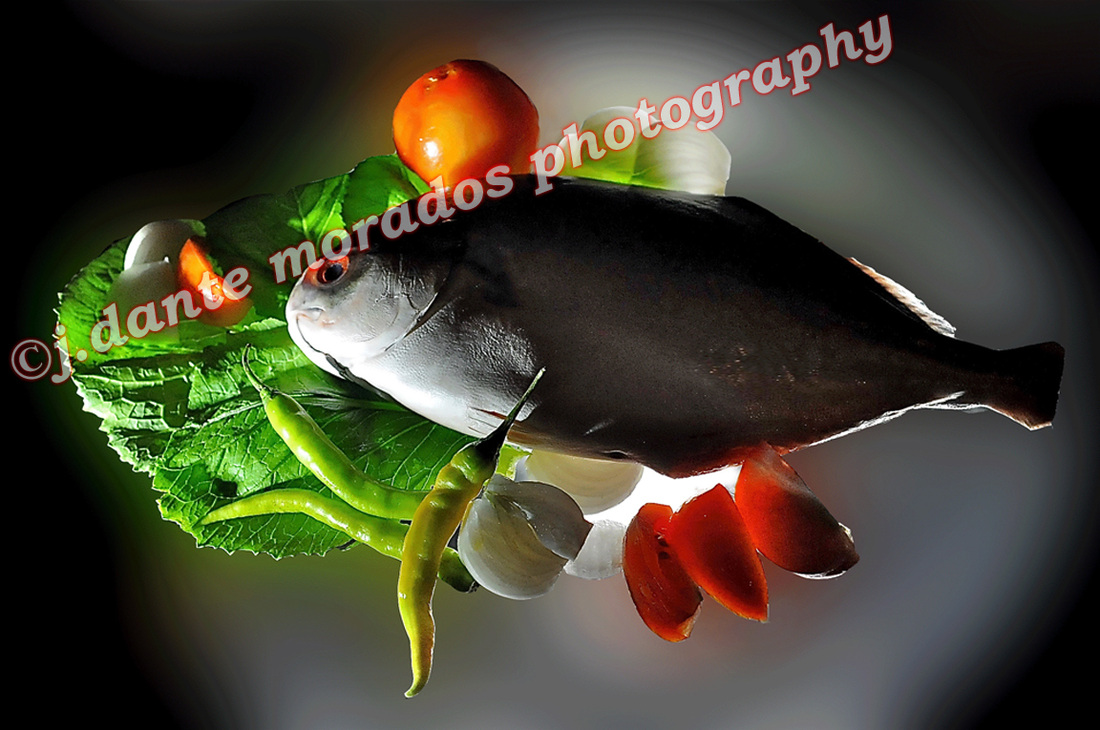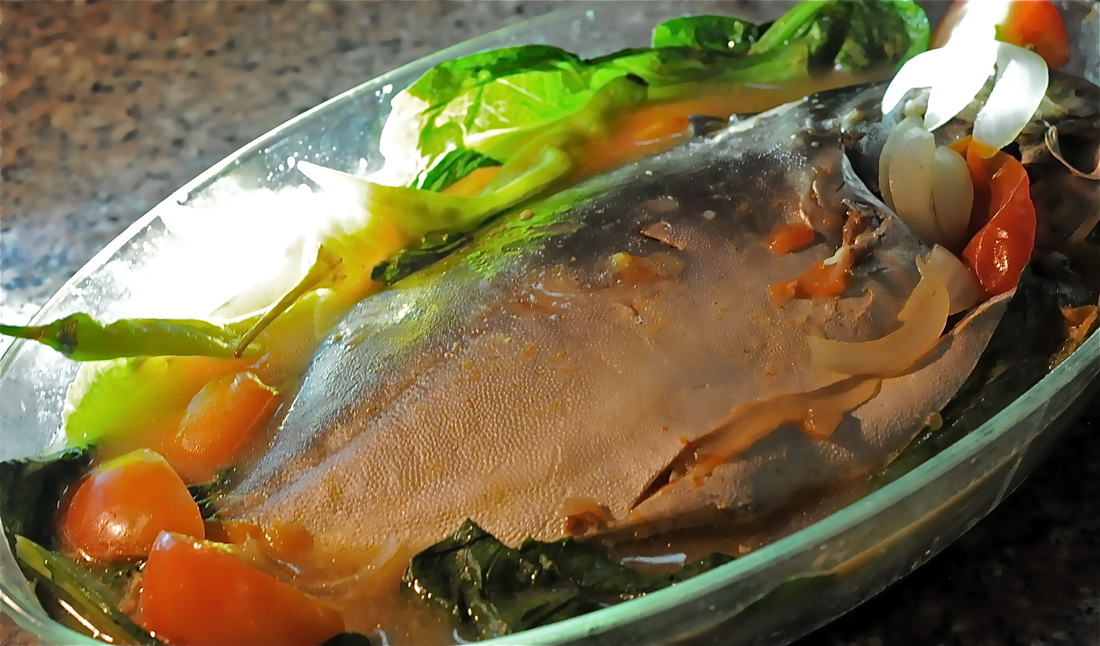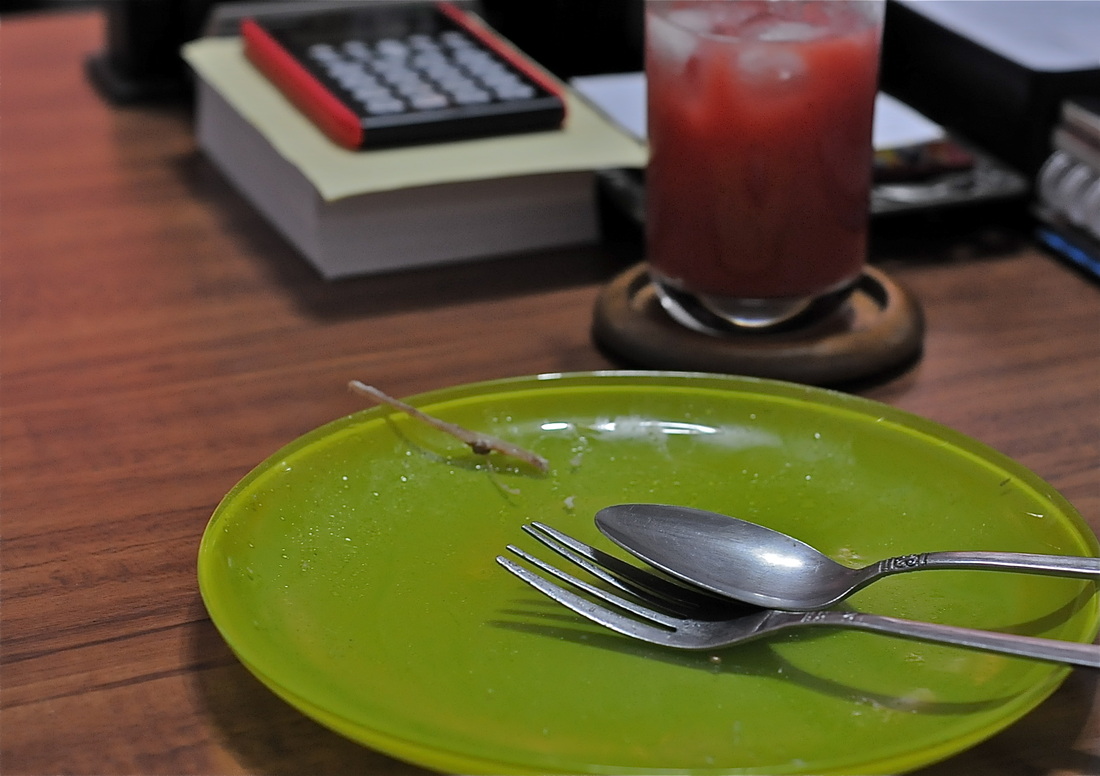(Resto Review) My expectation failed me…tremendously. Never to shell out a cent…again.
A little break from issuing out recipes, please allow me to express my feelings
re this “vaunted” Wagyu serving resto.
With Pangs, fetched my daughter, Cha,
last Sunday where she and her Mom heard mass
while I engaged in my usual weekend exercise.
Breakfast at her unit or out usually follows our activity.
That bright sunny day, she thought of having us taste and analyze
dishes of this site.
My expectations failed me again...tremendously.
My D300 was ready but did not bother to take out from the bag and snap. Useless.
So, below pictures are those of our products. Not theirs.
re this “vaunted” Wagyu serving resto.
With Pangs, fetched my daughter, Cha,
last Sunday where she and her Mom heard mass
while I engaged in my usual weekend exercise.
Breakfast at her unit or out usually follows our activity.
That bright sunny day, she thought of having us taste and analyze
dishes of this site.
My expectations failed me again...tremendously.
My D300 was ready but did not bother to take out from the bag and snap. Useless.
So, below pictures are those of our products. Not theirs.
Should corned beef be “slab type”, this must be the color. Not brown due to wanton addition of
“no-brainer spices and herbs that hands of whosoever thought of it can get a hold of”.
OR
“no-brainer spices and herbs that hands of whosoever thought of it can get a hold of”.
OR
be like this, if “shredded type”.
The one served to me had “out of this world concoction”.
It was “sour-ish, bland, added with rosemary or fennel, I believe”.
Acidity was overpowering.
Announcing to the world that you serve “wagyu”,
then just lightly fry it for patrons to savour and enjoy what you’re rallying about.
The most that you can concoct on a shredded corned beef is to make it into a hash
that is adding cubes of potatoes. Saute or fry with very little spices (hint of garlic and onion).
YOU DO NOT HIDE THE BEAUTY & TASTE OF YOUR HOME-MADE CORNED BEEF.
Let the beefy-ness of your “wagyu” come out.Now the TAPA
(salted, dried or boiled a bit strips of beef)
The one served to me had “out of this world concoction”.
It was “sour-ish, bland, added with rosemary or fennel, I believe”.
Acidity was overpowering.
Announcing to the world that you serve “wagyu”,
then just lightly fry it for patrons to savour and enjoy what you’re rallying about.
The most that you can concoct on a shredded corned beef is to make it into a hash
that is adding cubes of potatoes. Saute or fry with very little spices (hint of garlic and onion).
YOU DO NOT HIDE THE BEAUTY & TASTE OF YOUR HOME-MADE CORNED BEEF.
Let the beefy-ness of your “wagyu” come out.Now the TAPA
(salted, dried or boiled a bit strips of beef)
Unlike the one above, which is processed from just plain U.S. cattle,
Their “Tapa” is “acidic, with again full of un-wanted flavor of different additions”…and so blackish.The SAUSAGE?
Their “Tapa” is “acidic, with again full of un-wanted flavor of different additions”…and so blackish.The SAUSAGE?
As if marinated in vinegar, that is aside form “mashy texture of the flesh”
that could be due to “double grinding” instead of using a silent cutter or a bowl chopper.
WHY?
Oh no.
Kindly read my disclaimer below.
Am not here to put that resto down.
With those “costly” meals, please don’t serve us with ” blind-foldedly prepared recipes”.
No “WAGYU” that I’ve tasted of.
Just improve.Another technological recipe coming out next post.
that could be due to “double grinding” instead of using a silent cutter or a bowl chopper.
WHY?
Oh no.
Kindly read my disclaimer below.
Am not here to put that resto down.
With those “costly” meals, please don’t serve us with ” blind-foldedly prepared recipes”.
No “WAGYU” that I’ve tasted of.
Just improve.Another technological recipe coming out next post.


